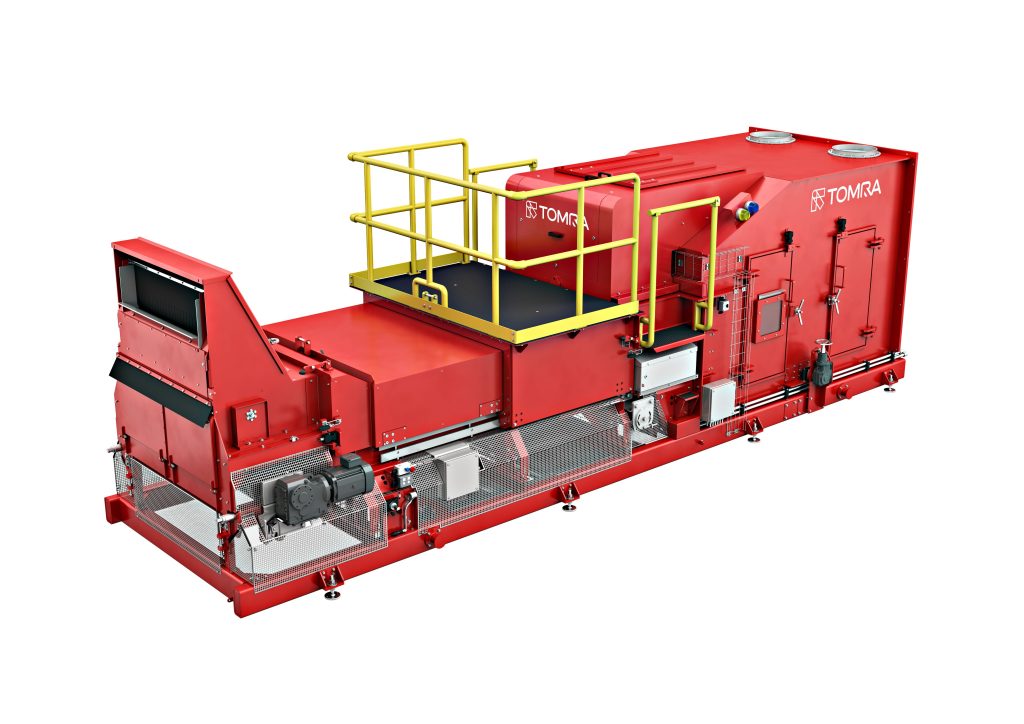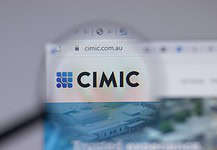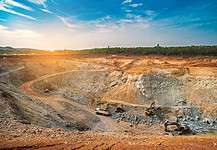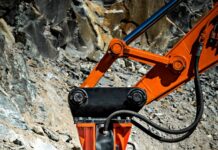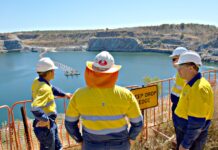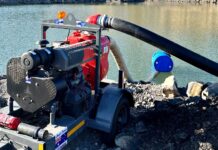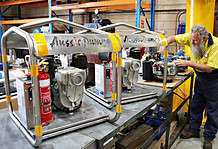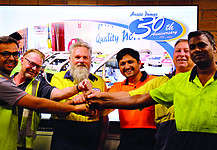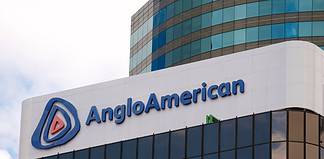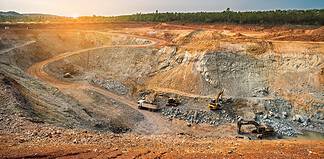Ore sorting technology – Nexus Bonum helps miners unlock resource value and enhance ESG outcomes
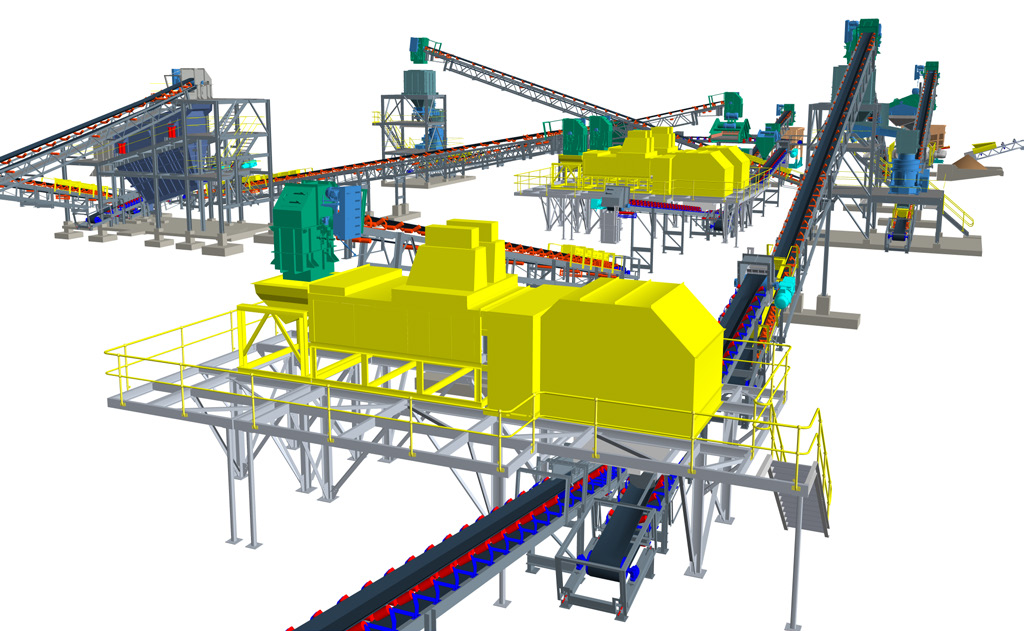
Asset owners are increasingly looking to technological developments to improve processing efficiency and reduce environmental impacts.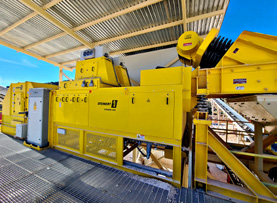
Sensor based ore sorting is now an established viable pre-concentration process to achieve such goals through efficient removal of waste and sub-economic grade ore from run-of-mine feed before proceeding to milling and further downstream processing. This smart technology not only significantly reduces downstream milling and processing costs, power and water requirements, as well as plant capex, however it offers ESG benefits including lower carbon emissions and tailings generation per unit of final product.
Australian company Nexus Bonum holds the key to unlocking this potential across the value chain for mines both in Australia and abroad. It adopts a technology-focused, yet practically driven approach to implementing ore sorting technology and applying process engineering expertise.
An approach developed after many years of involvement in ore sorting, which now positions the company as the leading ore sorting consultancy in Australia.
In late 2014, Nexus identified ore sorting and associated scanning technologies as a real game changer, which led to the development of a unique service offering to the mining industry.
The Australian Mining Review caught up with Nexus Bonum Senior Consultant, Dr Tony Parry, to understand what tools the company uses to optimise economic and environmental outcomes in mineral processing operations.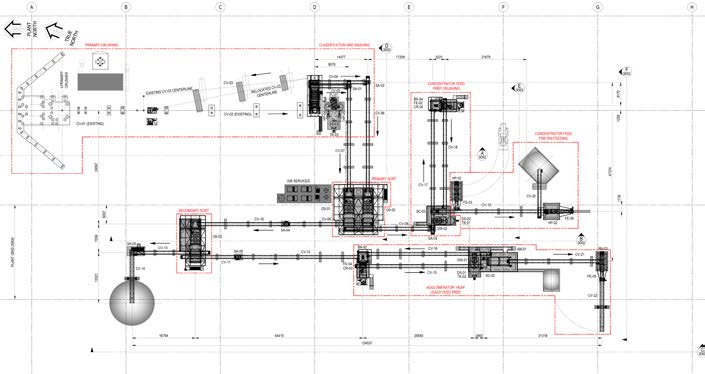
AMR: Can you walk us through how Nexus Bonum started out, and how it has positioned itself within such a specialised field?
TP: When we set out in 2014 as a consultancy geared toward the mining and resource sector, we focused on leveraging the breadth of metallurgical, technical and engineering expertise our team had developed after decades within the industry.
After conducting comprehensive reviews among major players in the mining space, it became clear that a significant number of marginal or near viable projects required a ‘technology shift’ or ‘enabler’ to extract value from their site processes.
The typical strategy of chasing economies of scale through resources growth had clearly left many projects in a stranded state.
At that stage, sensor-based ore sorting technology was really coming into focus as a credible pre-concentration (i.e. early- stage waste-removal) process in mineral processing due to the development of new scanning capabilities (e.g. X-Ray transmission and laser), as well as the dramatic increase in computing capacity driving higher throughputs for each sorting machine.
Subsequently, sensor-based ore sorting has proved an effective and reliable method, and more readily accepted and integrated in greenfields designs, and retro fitting in brownfield operations.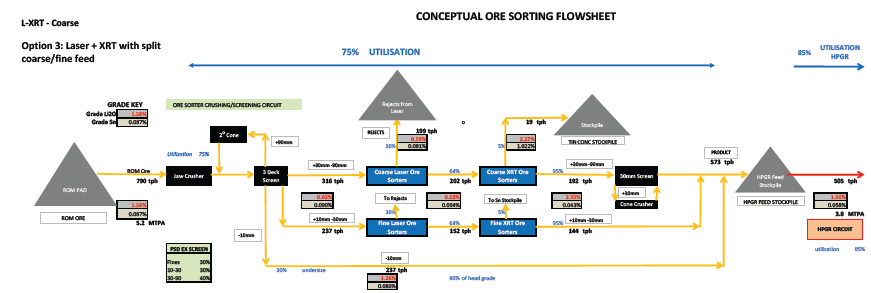
With considerable experience in ore sorting projects combining metallurgical, chemical and mechanical engineering expertise, the Nexus team has been able to create a unique position within the market.
We provide a holistic approach to the application of sorting and related technologies to mining projects (from early-stage test work to engineering studies), leveraging our in-depth knowledge of available sorting technologies and their specific application.
Importantly, we are able to close-the-gap between clients’ requirements and ore sorting technology providers’ capabilities to maximise the potential for project development.
We have established a niche position as an integrated engineering support team, and have supported the delivery of project outcomes, particularly for junior mining companies.
AMR: Nexus’ integrated process is obviously highly technical. Can you share some insights into your unique approach and the steps you take when it comes to ore sorting and preconcentration?
TP: Evaluating ore sorting pre-concentration technology is not just about undertaking
test work and evaluating the inputs/ outputs and efficiency of the process being tested.
The key is then taking that test work data and realistically modelling and assessing the economic and environmental benefits that can be generated by adopting the technology, while understanding the practical implications of using a particular flowsheet and the ability to conduct appropriate risk assessments.
For Nexus Bonum, this entails scenario analysis and appropriate Concept and Scoping Studies that detail things like capex, opex, and plant layouts. It is essentially moving from the test centre towards a ‘real world’ analysis for the client in order to provide a sound basis for progressing to a Definitive Feasibility Study (DFS) and an investment decision.
Pre-concentration test work is often frequently undertaken without bridging the gap between test work performance outcomes and a proper engineering and economic assessment of the practical implementation of the ore pre-concentration processes being assessed.
AMR: Can you provide more detail on the steps you take with clients seeking to assess the benefits of ore sorting?
TP: Our work commences with the engagement of geologists. The unique mineralogy of any ore body will determine the potential for pre-concentration through ore sorting, and that’s exactly where we start –mineralogical assessment, drill core scanning, and planning of sampling programs undertaken with the client. If the mineralogy is not amenable to ore sorting, we need to close that off at an early stage. If sampling is not carefully planned to ensure representivity, a lot of time and money can be wasted in test work.
Following sample extraction, we develop feed preparation and test work plans, working closely with selected laboratories to ensure adequate feed preparation and assay programs are in place. We then plan and manage multi-stage ore sorting test work programs using the technology providers’ test centres – typically Steinert in Perth or Tomra in Sydney for Australian- based projects, and overseas test centres for international projects.
Whenever ore sorting test work is underway, we encourage the client to attend.
Once test work programs are completed, we proceed to technology validation by presenting mass yield/grade/recovery relationships, and identify the ore sorting ‘sweet spot’ to optimise the potential.
We then move into the engineering phase with the development of process flow sheets and process design criteria. This informs a Concept Study or Scoping Study for brownfield or greenfield applications, integrating with the front-end crushing, screening circuit, and downstream processing circuit. These studies present preliminary capital and operating cost estimates, and enable a realistic economic analysis of the benefits of introducing ore sorting.
Subject to the outcomes of the above studies, we will then progress to a more advanced DFS, which will underpin a final investment decision by the client.
AMR: What are some of the other services you can provide asset owners that adds value to their operation?
TP: The depth of experience of our team means we can offer a wide range of additional services to our clients. These include project execution, technical advisory, and the assessment of opportunities to not only monetise stranded assets and harmful waste stockpiles, but also those for low-capex expansion, with ore sorting.
We also review mining cut-off grades and opportunities to increase mineral reserves and mine life through the application of ore sorting, as well as opportunities to produce direct shipping ores. Additionally, project intervention, assessment and recovery plans, plus project study reviews and financing strategy support also provide clients with significant value in their operations.
AMR: It’s no secret that mining operations have an impact on the land and communities in which they operate. What environmental benefits does ore sorting provide in the longterm?
TP: ESG considerations in relation to mining project development and growth are now front of mind for all mining company Directors. In fact, they face a great challenge in shifting community perceptions.
The application of ore sorting technology can play an influential role in this area due to the significant environmental benefits from reduced power, water and chemical consumption, through to a lower carbon footprint.
Other environmental benefits include reduced wet tailings production, tailings storage facility requirements, and the generation of potentially useful benign aggregates and engineering fill products rather than tailings.
AMR: Where to from here for ore sorting technology and Nexus Bonum?
TP: We see the technology continuing to evolve at a rapid pace with the need to address environmental issues, as well as higher profits being a major driver. The dynamic information ore sorting sensors acquire will become valuable for downstream process control.
As sensors, particularly spectral, become more robust and accurate, the real-time diagnostic capabilities of ore sorting machines will become immensely powerful, more so when coupled with the application of artificial intelligence.
While looking forward to future technical innovations, Nexus Bonum is looking into the integration of ore sorting to underground operations and potentially to continuous surface mining operations.
For more information, visit
https://nexusbonum.com/ or email [email protected]